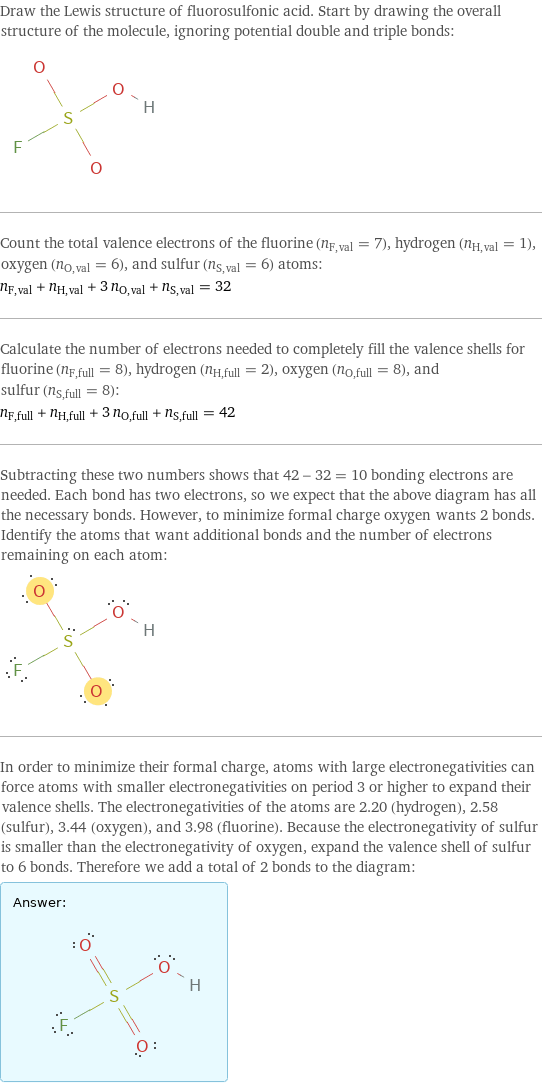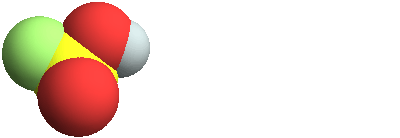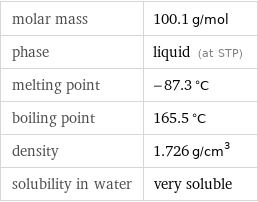Input interpretation

fluorosulfonic acid
Chemical names and formulas

formula | FSO_3H Hill formula | FHO_3S name | fluorosulfonic acid IUPAC name | sulfurofluoridic acid alternate names | fluorosulfuric acid | fluorosulfuric-acid- | fluosulfonic acid | fluosulfuric acid | monofluorosulfuric acid | sulfurofluoridic acid mass fractions | F (fluorine) 19% | H (hydrogen) 1.01% | O (oxygen) 48% | S (sulfur) 32%
Lewis structure

Draw the Lewis structure of fluorosulfonic acid. Start by drawing the overall structure of the molecule, ignoring potential double and triple bonds: Count the total valence electrons of the fluorine (n_F, val = 7), hydrogen (n_H, val = 1), oxygen (n_O, val = 6), and sulfur (n_S, val = 6) atoms: n_F, val + n_H, val + 3 n_O, val + n_S, val = 32 Calculate the number of electrons needed to completely fill the valence shells for fluorine (n_F, full = 8), hydrogen (n_H, full = 2), oxygen (n_O, full = 8), and sulfur (n_S, full = 8): n_F, full + n_H, full + 3 n_O, full + n_S, full = 42 Subtracting these two numbers shows that 42 - 32 = 10 bonding electrons are needed. Each bond has two electrons, so we expect that the above diagram has all the necessary bonds. However, to minimize formal charge oxygen wants 2 bonds. Identify the atoms that want additional bonds and the number of electrons remaining on each atom: In order to minimize their formal charge, atoms with large electronegativities can force atoms with smaller electronegativities on period 3 or higher to expand their valence shells. The electronegativities of the atoms are 2.20 (hydrogen), 2.58 (sulfur), 3.44 (oxygen), and 3.98 (fluorine). Because the electronegativity of sulfur is smaller than the electronegativity of oxygen, expand the valence shell of sulfur to 6 bonds. Therefore we add a total of 2 bonds to the diagram: Answer: | |
3D structure

3D structure
Basic properties

molar mass | 100.1 g/mol phase | liquid (at STP) melting point | -87.3 °C boiling point | 165.5 °C density | 1.726 g/cm^3 solubility in water | very soluble
Units

Liquid properties (at STP)

density | 1.726 g/cm^3 vapor pressure | 2.5 mmHg
Units

Thermodynamic properties

specific heat of vaporization | 0.443 kJ/g (at STP)
Units

Chemical identifiers

CAS number | 7789-21-1 PubChem CID number | 24603 PubChem SID number | 24854177 SMILES identifier | OS(=O)(=O)F
Safety properties

flash point | -18 °C
Toxicity properties

RTECS classes | other